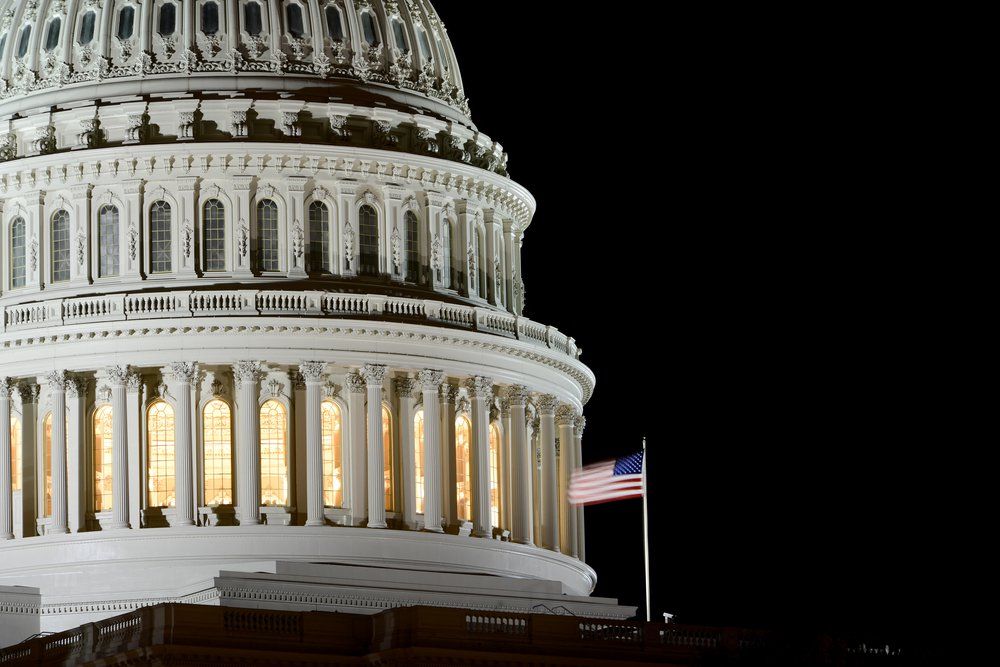Article
A new vision for clinical data exchanges
Although nearly 200 regional health information organizations (RHIOs) are in some stage of implementation, many of them will vanish in the near future.
Although nearly 200 regional health information organizations (RHIOs) are in some stage of implementation, many of them will vanish in the near future, predicts John Glaser, vice president and CIO of Partners Healthcare in Boston. In a thoughtful, wide-ranging article in last summer's issue of the Journal of Health Information Management, Glaser also forecasts that the future of health IT connectivity lies in the emergence of information exchanges that serve the business purposes of particular groups of providers.
Most RHIOs today subsist on government grants. Their lack of capital and a business model and the inability of competing interests to work together have made it difficult to create or sustain RHIOs in most communities. Glaser cites examples of thriving RHIOs such as the Indiana Health Information Exchange, Inland Northwest Health Services, and HealthBridge in Cincinnati, all of which are funded through savings that their activities have created for their participants. But he doesn't believe that more than a couple of dozen such communitywide exchanges will be formed and will survive long term.
Instead, he says, ad hoc networks of providers with common needs will take the lead in connectivity. For example, he says "an academic medical center may decide to form a joint clinical program in oncology with several community hospitals," and these organizations will connect their EHRs.
Already, Glaser notes, PBMs have formed RxHub, and pharmacies have created SureScripts because they have business reasons to connect online with physician offices. Similarly, reference labs and imaging centers are providing free connectivity to physicians because electronic transmission of results and orders saves them money.
Glaser doesn't suggest that the federal and state governments stop their efforts to promote RHIOs. The creation of interoperability standards, he notes, is especially helpful in this process, and state grants to communities can also help accelerate it, he notes. Moreover, he believes P4P programs will give physicians and hospitals incentives to get connected.
Glaser places his faith in the ability of the free market to reach the goal of universal connectivity. But he admits that this stumbling, uncoordinated progress of linking providers together will take a long time to reach its goal.





